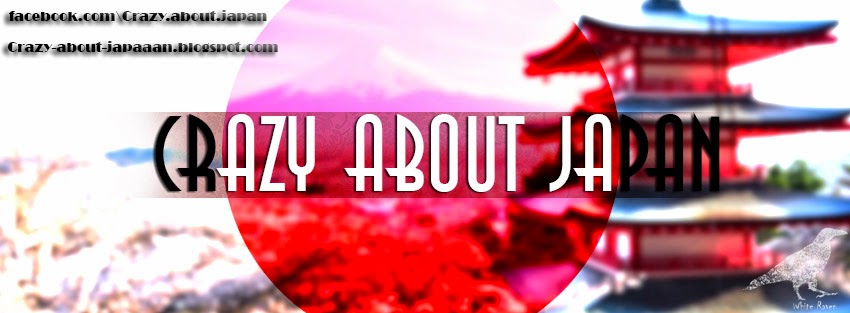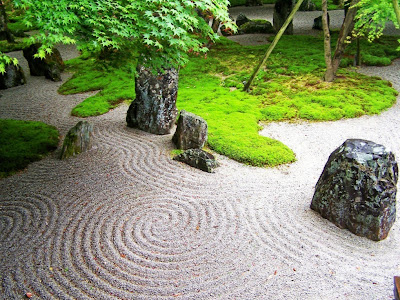Bakuman .. the story of two aspiring mangaka (manga creators), Akito Takagi and Moritaka Mashiro, who team up to try and make it in the professional world of manga. And after an incredible run, the series has come to an end. Never before have readers been given such an in-depth look at the inner workings of the manga industry. Let’s look at what 10 things we've learned about being a mangaka from Bakuman.
1. Being a Manga-ka Can Be Harmful to Your Health ..
The long hours and high stress can certainly take its toll on your body. As Moritaka’s uncle proved when he literally worked himself to death. And later on, Moritaka himself winds up in the hospital from overdoing it. Being a mangaka is not for the faint of heart !!
2. It's a Tough Field to Make It ..
If you want to be professional mangaka, you have to be 100% committed, because your chances of success are low. In fact, according to Moritaka in the first volume, one in a hundred thousand people can become successful mangaka.3. Being a Mangaka’s a Great Way to Get Girls ..
This probably never happens in real life, but in Bakuman both characters have relationships with beautiful women that connect to their manga. Moritaka has promised to marry aspiring voice actress Miho as soon as he gets an anime, and she becomes the lead voice actress in it. Akito’s girlfriend actually supports him (when she’s not beating him up) and helps both team members with their dream.
4. Being a Mangaka’s a Terrible Way to Get Girls ..
That is if you’re trying to use your manga skills to get girls to date you! Things go awry really fast, when mangaka Takuro Nakai tries to use his drawing skills to manipulate mangaka Ko Aoki into dating him. Don’t try this at home guys ...
5. Trust Your Editor. (Most of the Time!) ..
Your editor knows best and his neck is on the line too if your work doesn't succeed! But sometimes an imperfect match can result in tough times for everyone, like when team Muto Ashirogi are teamed up with editor Goro Miura who tries to make them create a gag manga, despite the fact that they’re not suited to it.
6. Defeat Can Make You Stronger ..
Being a mangaka is full of ups and downs, and team Muto Ashirogi certainly have their share. From failed manga to rejections, they feel the harsh sting of defeat multiple times. But every time they get beat down, they learn a new lesson and come back stronger! Each title refines their skills lifting them higher and higher through the ranks of Weekly Shonen Jump.
7. Being a Mangaka’s Really Tough on Your Social Life.. (Except with Other Mangaka) ..
Ever notice Moritaka and Akito have almost no friends outside of other mangaka? Who has time to go bowling when you have to meet deadlines? All the parties and events Moritaka and Akito go to revolve around people from the manga industry. Being a mangaka requires a lot of time and intense dedication!
8. Having Rivals Is Very Important ..
Team Muto Ashirogi’s rival is the genius Eiji Nizuma, creator of the popular series Crow. Though Eiji is a tough rival, he is extremely important to their success. Team Muto Ashirogi’s determination to beat Eiji is inspiration to work hard and create their best manga. At the same time Eiji strives for success, because he’s determined not to lose. The mutual respect between these rivals motivates both of them to become better mangaka!
9. Fight For What You Believe In ..
A huge part of Muto Ashirogi’s success comes from the fact that they stand up for what they believe in. Although when they butt heads with their editors, they don’t always win. But if they truly believe something is worth fighting for, they’ll give it all they got. Passion is the secret to success!
10. If You Don't Try, You'll Never Succeed ..
While not everyone succeeds as a mangaka, some do. But the first step is trying! If you never try, you’ll never succeed! If Akito never convinced Moritaka to try and create manga, nothing would have happened. The second step—stick with it! Despite team Muto Ashirogi’s many missteps and setbacks, they keep going, even when the path to success isn't clear. And that’s what ultimately what makes the difference.
Although, Bakuman is a fictional manga, there are many lessons to be learned. Essentially team Muto Ashirogi’s success boils down to the three main principles of all Shonen Jump manga.
1. Friendship: The strength of their friendship pulls them through hard times.
2. Effort : Akito and Moritaka nearly kill themselves making manga. They put everything they've got and then some into their dream.
3. Victory : Not to give away the ending, but team Muto Ashirogi’s determination pays off by having multiple series serialized. You can not succeed in life without hard work!
If you dream of making manga some day, remember the lessons learned in Bakuman! And no matter what—never give up on your dream! Keep drawing !!
i hope that u like it ...
" мὄʀყ "





































